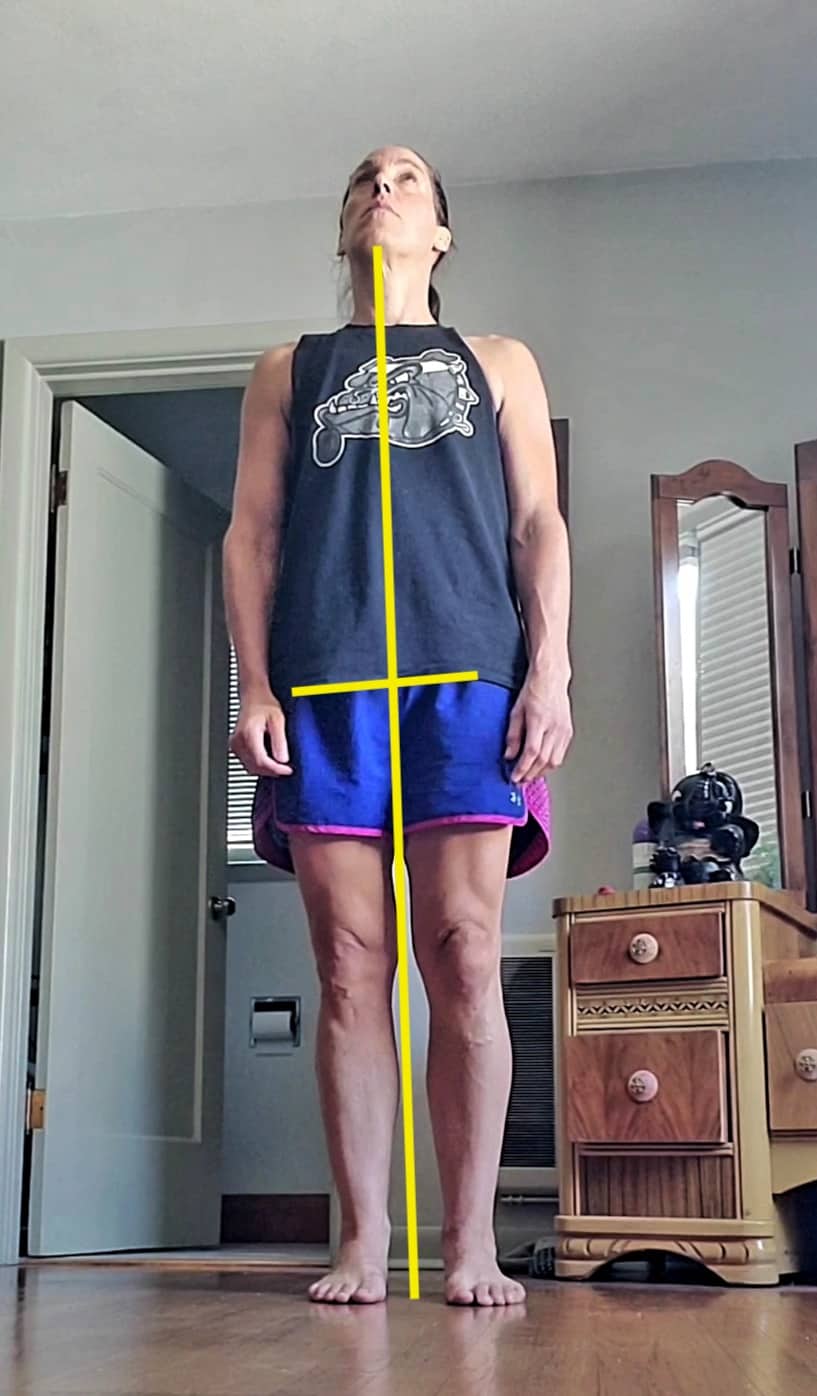
Off-Center Asymmetries
This post serves as a companion piece to A Non-Central Axis. Where it showed you ways to identify a shifted midline, the following hopes to show how pulling to the right or left affects performance.
The first thing to consider is whether or not asymmetries are ‘bad’. One can’t say they aren’t functional. Compensations serve a purpose, and they can actually enhance performance. Take, for example, world renown Olympic weightlifters. One side is often bigger than the other (as pointed out by Adarian Barr):
Example 1: left viewing leg
View this post on Instagram
Example 2: Far leg
View this post on Instagram
A similar side-role discrepancy can be found with running start positioning, throwing, batting, etc. A performance coach might not want to mess that up. On the other hand, if pain or injury rear their head, it might be sign that the compensation has shifted too far. Whether you wish to investigate it or not, evaluating whether or not an a symmetry exists is a helpful skill to have.
Some context into the series below is that my left hamstring had been uncomfortably tight the last few weeks. This was preceded by some left outer hip and right low back pain that lingered for about a month. I am someone who likes to poke at things, not leave it and let it sort itself out. I want to know how to right things and what to look for and adjust should the issue arise again.
The first thing I noticed is how my hips shifted left when I tried to sit into the left hip:
Then I realized I stand shifted to the left (as in feature photo):
Weight sits on the outside of my left foot and the inside of my right.
Zooming in, I note how the load on the feet effect rotation of the knee and the curve of the Achilles:
As I try to stand on one leg and step-weight shift, I focus on loading the foot on the line of the second toe (to counter outer only left tendency) and the line of the fourth toe (to counter the inner ball of foot right tendency). I avoid trying to put pressure on the first and fifth rays (metatarsals) because of their folding properties and knack for lifting the other edge of the foot.
Squatting kept things biased toward the left leg, flaring out the right. My percieved center is skewed left of my anatomical midline.
When I reached for my charger on the ground I noticed my right leg goes up and the hips open. Switching from typical outer edge load of left foot to instep/ second toe, the hips level and the hamstring tightness alleviates.
Prioritizing closing the belly to thigh gap (activating psoas/ hip flexors) BEFORE lengthening hamstring allows for the knee to straighten with minimal discomfort.
Finally, squat adaptations show up in the hinge. The ‘centering’ adjustments move tension in the hamstring to a different line and place, and I am able to get more range and more spread strength from the backside.
A fitting conclusion:




